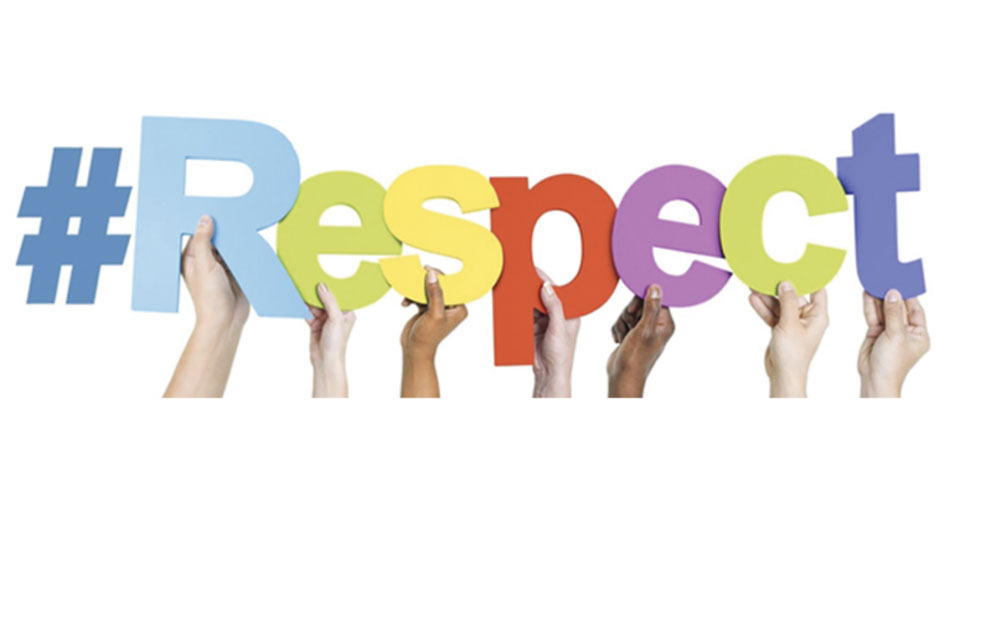Philo-artistic workshops / School bullying prevention at Eurécole
The bilingual nursery school and international elementary school Eurécole is organizing philo-artistic workshops on November 22, 23 and 25 at the school as part of the month of prevention of school bullying, and following the Pink Day of November 8. The objective is to approach the problem of bullying through a philosophical discussion on the notion of respect and to express the ideas exchanged artistically. Through inductive thinking based on the general question of respect, the children find out for themselves what harassment means, why it exists, and how to remedy it by creating a collective comic strip.
Philosophical debate
Based on the moral concept of respect, the children were led to understand the notions of otherness, truth and trust.
Two methods were used:
1) reasoning by opposition to explain the problem of harassment
– self/other: social relationships
– true/false: prejudice about a person
2) thought experiment reasoning to imagine situations where there are no adults to help them solve a bullying problem
Emotional and social learning
The philosophical discussion was also used as a framework to foster emotional and social learning in-situ through active listening to articulate one’s thinking with others.
The children understood that laughter as a sympathetic mockery of someone’s remark can be hurtful. As a result, they came to discuss the problem of exclusion, the group effect and the phenomenon of repetition in bullying.
Students shared personal stories, which allowed them to cite the psychological consequences of bullying and the negative emotions that follow, such as sadness or anger.
Some also explained what the reason for bullying might be: problems at home, emotional pain, pent-up anger that is transferred to another person.
Art practice
The children created a collective comic strip with four boxes in order to find a solution to a bullying problem.
1) First box: identification of a problem (drawing of a situation)
2) Second box drawn by another student: interpretation of the problem drawn in the first box (written expression of a paragraph)
3) Third box drawn by another student: solution of the problem (drawing of the solution)
4) Fourth box drawn by another student: interpretation of the solution (written expression of a paragraph) and definition of respect (CM1, CM2)
Conclusion of the workshops
Children do not want a world where everyone looks and thinks the same!

